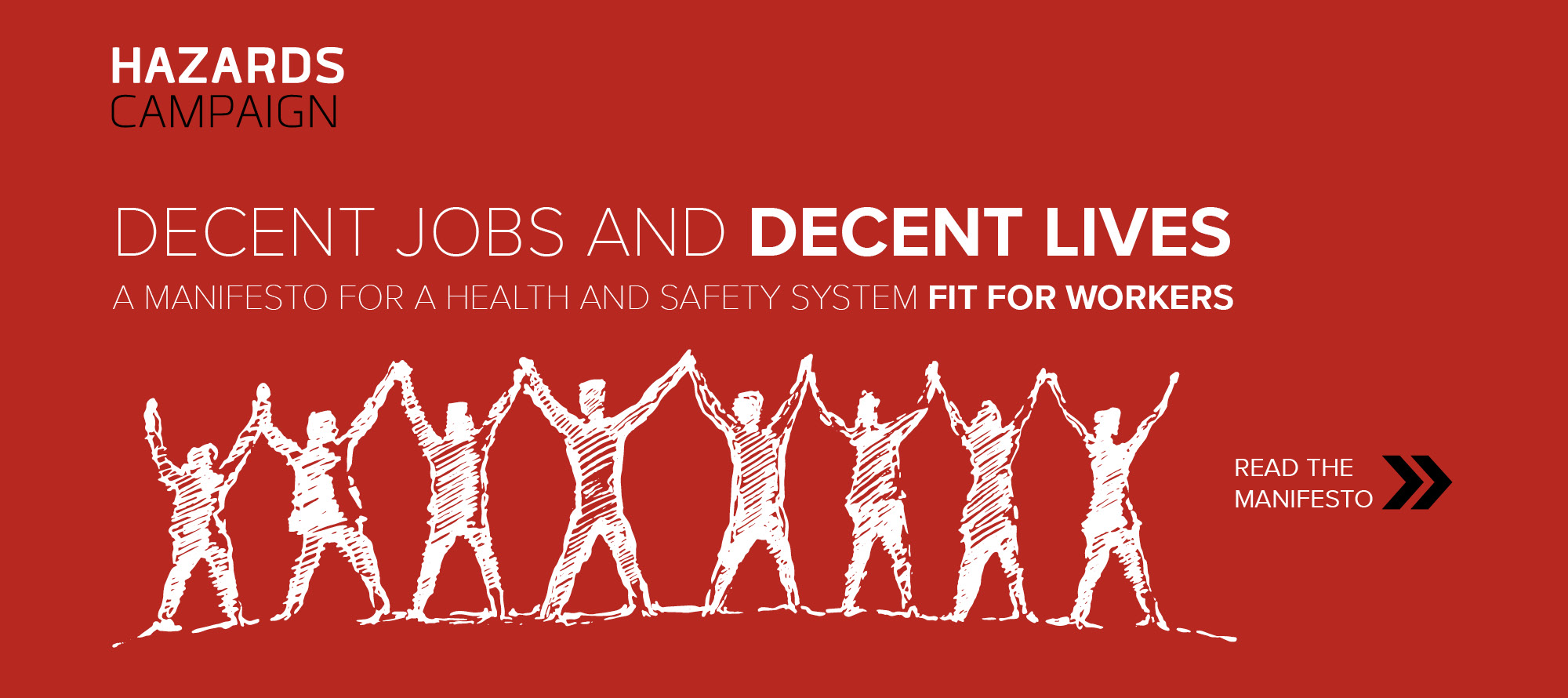More than 2.5 million are economically inactive due to long-term sickness, ONS finds
An increase of more than 400,000 since the Covid-19 pandemic started, according to the latest data analysis from the Office for National Statistics

The number of people economically inactive because of long-term sickness has risen to more than 2.5 million people, an increase of more than 400,000 since the Covid-19 pandemic started, according to the latest data analysis from the Office for National Statistics (ONS).
Published on 26 July, the ONS’s experimental statistics, which also estimate the different health conditions of the working-age population (16-64 years), reveals a 5% increase in individuals who have self-reported having at least one long-term health condition since 2019 and a 7% increase since 2016 when comparing data covering the January to March period in each year. The latest figure is 36%.
When the ONS analysed the data for individuals who have been economically inactive because of long-term sickness, they found 38% reported having five or more health conditions (from a list of 18 different options), suggesting that many people have ‘interlinked and complex health issues’. The latest figure is a 4% rise on 2019.
Interestingly, the ONS data reveals that in the case of people reporting five or more conditions, the largest share has been among the youngest and oldest age groups. For those aged 16-34 years of age, the latest figures show a 6% increase, from 17% in 2019 to 23% this year. Likewise, for those aged 50 to 64 years of age, the figure has risen from 41% in 2019 to 46%.
Of the types of health conditions, the latest data shows that the most prevalent one reported by the working-age population was depression, bad nerves or anxiety (5 million people or 12%).
It is also the largest health condition for those who are economically inactive because of long-term sickness, notes the ONS. According to the Labour Force Survey, 53% (1.35 million people) reported it as a health condition, a 5% increase on the 48% who reported it for the January to March 2019 period.
Although the number of people who were inactive due to long-term sickness and who reported depression, bad nerves or anxiety rose by 40% between 2019 and 2023, the ONS analysis reveals that most of the increase came from individuals reporting it as a secondary health condition. Only 14% cited it as a main health condition.
Drilling down into the data, the latest analysis shows that, for those individuals who are inactive because of long-term sickness, 1.35 million pointed to having a musculoskeletal health condition as being their main health condition.
The ONS analysis reveals there has been 29% increase in problems with legs or feet and a 28% increase in problems with back or neck.
In addition, more than 70% who cited it as their main health condition reported they had more than one musculoskeletal disorder.
The latest analysis explains that the Labour Force Survey does not give respondents explicit guidance on what health condition to report for coronavirus-related illnesses such as long Covid. Taking this into account, the ONS notes that individuals with long Covid are likely to fall into the ‘other health problem or disabilities’ category because it includes similar conditions such as post-viral fatigue syndrome.
What the latest analysis shows is that for those who were inactive because of long-term sickness, self-reports for this category increased by 53% between 2019 and 2023 as either a main or secondary health condition.
In a recent IOSH magazine interview with World Health Organization adviser Dr Clare Rayner, it was estimated that around 1.9 million people were long-Covid sufferers in March this year, with 689,000 saying they had contracted the virus at least two years previously.
Rayner, a sufferer herself, said that the numbers would only increase with each subsequent round of infections and offered advice to employers on how best to manage a return to work.
Commenting on the wider picture presented by the latest data, the ONS said: ‘Long-term, self-reported ill health has been rising across the working-age population, especially since the onset of the coronavirus pandemic. Also, between 2019 and 2022, the percentage of people who reported a long-lasting health condition that limits either the kind or amount of work they can do rose from 16.4% to 18.1%, and this rise in the work-limiting health conditions was the largest contributing factor to the rise in economic inactivity.’
Responding to the latest ONS figures, the Trades Union Congress (TUC) accused the government of being ‘asleep at the wheel as ill-health and work-related stress reach epidemic levels’.
Last month, the TUC cited the findings of a Thinks Insight & Strategy survey of 2,198 workers that indicate increasing work intensity and how it is impacting on workers’ lives, both during and outside contracted hours.
The poll carried out in August 2022 found, for example, that 55% of respondents felt that work was getting more intense and demanding while 61% felt exhausted at the end of most working days.
Compared to 2021, the survey found that 36% of respondents were spending more time outside of contracted hours reading, sending and answering emails. In addition, 32% were spending more time outside of contracted hours doing core work activities.
The union points to the latest data from the Health and Safety Executive that reveals how the UK lost 17 million working days to work-related stress, depression or anxiety in 2021-22.
TUC General Secretary Paul Nowak said:
“Managers need to do far more to reduce the causes of stress and support workers struggling to cope. This means tackling issues like excessive workloads and workplace bullying. Toxic workplaces are bad for staff and for productivity.”
In January, Business in the Community (BITC), a business-community outreach charity, warned about the risk of creating a two-tier workforce after its 2022 YouGov survey found that employees whose mental health and wellbeing would benefit the most from having a say in how they work are the least likely to achieve a good work/life balance.
BITC added that work-related poor mental health was higher among employees from a black Asian, mixed race or other ethnically diverse backgrounds, along with women, people aged between 18 and 35, employees who have experienced disability and LGBTQ+ people.
Last month, IOSH magazine reported on a six-month study involving 61 companies that had trialled a four-day week to see what the potential benefits might be for both employees and employers.
According to Autonomy Research Limited, which published the results, the new work pattern resulted in a 35% reduction in employee stress while absenteeism fell by 65%.
In May, the Advisory, Conciliation and Arbitration Service (Acas) published new advice for employers on making reasonable work adjustments for mental health, including guidance for line managers on how best to support employees who make requests.
As Acas points out, often simple changes to a person’s working arrangement or responsibilities could be enough to help them stay in work and work well.
This article was first published on the IOSH magazine website







